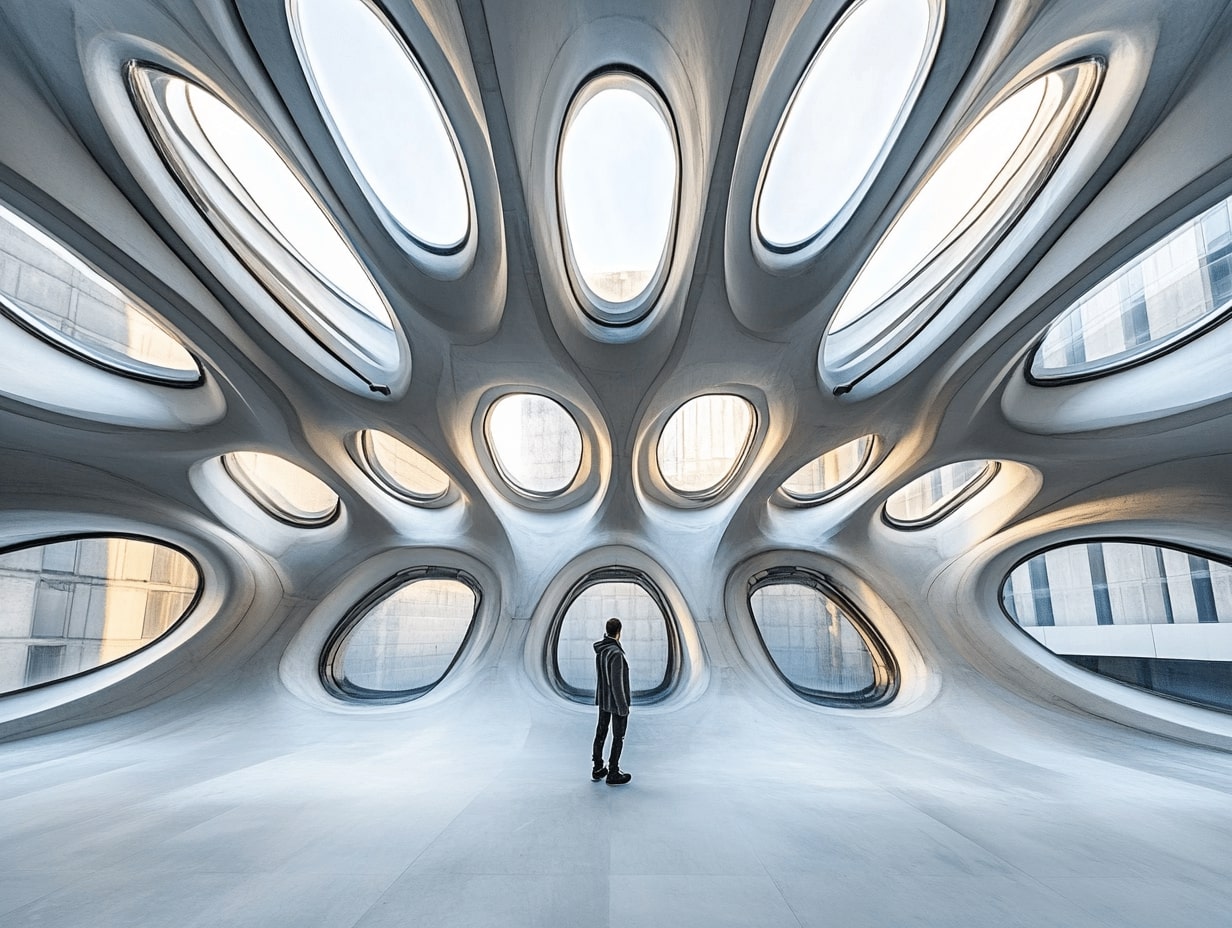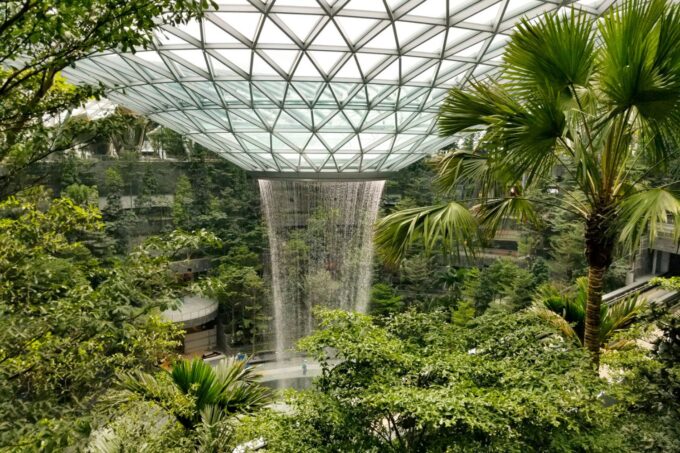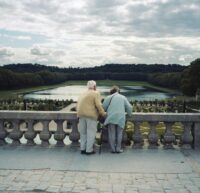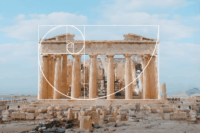- Home
- Articles
- Architectural Portfolio
- Architectral Presentation
- Inspirational Stories
- Architecture News
- Visualization
- BIM Industry
- Facade Design
- Parametric Design
- Career
- Landscape Architecture
- Construction
- Artificial Intelligence
- Sketching
- Design Softwares
- Diagrams
- Writing
- Architectural Tips
- Sustainability
- Courses
- Concept
- Technology
- History & Heritage
- Future of Architecture
- Guides & How-To
- Projects
- Interior Design
- Competitions
- Jobs
- Store
- Tools
- More
- Home
- Articles
- Architectural Portfolio
- Architectral Presentation
- Inspirational Stories
- Architecture News
- Visualization
- BIM Industry
- Facade Design
- Parametric Design
- Career
- Landscape Architecture
- Construction
- Artificial Intelligence
- Sketching
- Design Softwares
- Diagrams
- Writing
- Architectural Tips
- Sustainability
- Courses
- Concept
- Technology
- History & Heritage
- Future of Architecture
- Guides & How-To
- Projects
- Interior Design
- Competitions
- Jobs
- Store
- Tools
- More
Expert Tips to Improve Your Architectural Shots and Capture Stunning Structures
Discover expert tips to elevate your architectural photography skills! Learn how to master lighting, composition, and post-processing to capture the unique beauty of buildings. From leveraging lines and reflections to avoiding common mistakes, this guide blends technical precision with creative expression to help you tell compelling stories through stunning architectural shots.

Capturing stunning architectural shots isn’t just about pointing a camera at a building; it’s about telling a story through lines, light, and perspective. Whether we’re photographing sleek modern skyscrapers or intricate historic landmarks, every structure has a unique character waiting to be revealed. But how do we truly bring that character to life in our photos?
With the right techniques, we can elevate our architectural photography from ordinary to extraordinary. From understanding composition to mastering lighting, there are key strategies that help us highlight the beauty and details of any structure. Let’s explore expert tips that’ll not only refine our skills but also inspire us to see architecture through a fresh lens.

Table of Contents
ToggleUnderstanding The Basics Of Architectural Photography
Architectural photography connects technical skills with artistry, enabling us to showcase buildings’ finest attributes. Mastering foundational elements is essential for creating impactful shots.
Choosing The Right Gear
Selecting appropriate equipment is crucial for architectural photography. Wide-angle lenses help encompass large structures and capture their surroundings. Tilt-shift lenses correct distortion in straight lines, maintaining a building’s true geometry. Tripods enhance stability, especially during low-light conditions, ensuring sharp images. High-resolution cameras with sensors capturing intricate details provide better clarity for large prints or professional outputs.
Importance Of Lighting
Lighting defines shapes, textures, and moods in architectural photography. Natural light during golden hour—shortly after sunrise or before sunset—adds warmth and depth. Overcast weather minimizes harsh shadows, ideal for uniform lighting. For interiors, artificial lighting or long exposure captures intricate design details. Planning the shoot time based on building orientation ensures optimal light usage and highlights architectural features effectively.
Composing The Perfect Shot
Composition affects how viewers perceive architectural elements. Leading lines, such as fences or streets, draw attention to focal subjects. Framing elements, like windows or arches, create visual interest. Symmetry emphasizes balance in architectural designs, while asymmetry introduces dynamic creativity. Avoid cluttered backgrounds to maintain focus on the structure, and experiment with angles to emphasize scale, texture, or unique perspectives.

Expert Tips To Improve Your Architectural Shots
Enhancing architectural photography starts with mastering details that bring out the character of structures. By focusing on specific elements like lines, reflection, and perspective, we can elevate our shots to a professional level.
Focus On Lines And Symmetry
Lines and symmetry form the foundation of impactful architectural shots. Highlight horizontal, vertical, or diagonal lines by aligning the camera parallel to the dominant ones. Accentuate symmetrical designs, such as arches or staircases, by positioning yourself centrally. Maintain balance in asymmetrical designs through intentional framing to draw attention to contrasting elements.
Use Reflections Creatively
Reflections create artistic depth in architectural photography. Look for reflective surfaces like glass windows, puddles, or polished floors to mirror building details. For example, use a puddle to capture a skyscraper’s reflection, ensuring the horizon remains level. Adjust your position to combine reflected and actual elements smoothly in the composition.
Experiment With Angles And Perspectives
Unconventional angles often create striking images. Instead of photographing a building head-on, shoot upward to emphasize its height or downward to showcase roof patterns. Use a low-angle shot to convey grandeur or go for an aerial perspective to highlight structural layout. Experiment with Dutch angles to add dynamism to rigid architectural lines when appropriate.
Incorporate Surrounding Environment
Including the environment enriches the context of architectural photos. Frame buildings with natural elements like trees for contrast or urban elements like streetlights for storytelling. For instance, pair a futuristic skyscraper with bustling urban life to underline its modernity. Position environmental elements carefully to complement—not overshadow—architectural subjects.

Mastering Post-Processing Techniques
Editing is essential in architectural photography to fine-tune images and highlight the design and details. Dedicated post-processing helps elevate ordinary captures into visually striking works of art.
Enhancing Textures And Details
Accentuating textures adds depth that highlights architectural features. Using clarity and sharpening tools carefully enhances surface details like brick, metal, and glass patterns. High Dynamic Range (HDR) blending works well for preserving intricate details in both shadowed and well-lit areas. Software like Adobe Lightroom or Photoshop offers precise control, allowing us to select specific areas for enhancement without over-processing the entire image.
Correcting Distortions
Architectural photographs often feature perspective distortions caused by wide-angle lenses. Vertical lines may converge unnaturally, requiring correction. Using lens correction tools or perspective transformation features available in photo-editing software ensures proportions match real-life structures. For accuracy, we recommend relying on guides or grid overlays during this adjustment process.
Balancing Light And Shadows
Properly managing light and shadows creates dynamic compositions. Adjusting exposure, highlights, and shadow levels balances brightness across the frame. Split toning or gradient tools can correct uneven lighting when certain areas are overly illuminated or in deep shadow. For more nuanced images, we can apply dodge and burn techniques selectively to emphasize key architectural elements while maintaining natural lighting conditions.

Common Mistakes To Avoid
Avoiding common errors enhances the quality and storytelling in architectural photography. Missteps during the shoot or post-processing can detract from the intended impact of the images.
Overediting Your Images
Excessive editing can lead to unnatural results in architectural photography. Overuse of filters, saturation, or sharpening tools changes the realistic appeal of buildings. Instead, minor adjustments to brightness, contrast, and color ensure subtle enhancements that maintain authenticity. Avoid relying too heavily on HDR, as it can create an overly artificial look, especially with stark highlights or exaggerated shadows. Focus on edits that highlight design details without overwhelming the composition.
Ignoring The Weather Conditions
Weather significantly affects the mood and lighting of architectural shots. Overlooking cloudy skies, harsh sunlight, or unexpected weather changes diminishes the overall photo quality. For instance, bright sunshine can cause overexposure, while overcast skies provide diffused light that softens shadows. Plan the shoot according to the structure’s style; for example, modern glass buildings sparkle under clear skies, while historic sites gain a moody charm in gloomy or rainy settings. Always include flexibility for weather-dependent adjustments in your planning.

Conclusion
Architectural photography demands a balance of technical precision and creative expression to capture the essence of structures. From mastering lighting and composition to using advanced post-processing techniques, every step elevates the storytelling potential of architectural shots. By paying attention to details like symmetry, reflections, and surrounding environments, we can craft visually compelling images that highlight the unique character of each building. Avoiding common mistakes, such as overediting or neglecting weather factors, ensures our photos remain authentic and impactful. With these expert strategies, we can continuously refine our skills and bring architectural beauty to life through our lenses.
- architectural photography expert advice
- architectural photography tips
- architectural shots ideas
- architecture photography guide
- architecture photography techniques
- architecture photography tutorials
- best practices for architecture photography
- building photography tips
- capture stunning architecture
- composition in architectural photography
- creative architecture photography
- enhance architectural shots
- how to photograph buildings
- improve architectural photography
- landscape and architecture photography
- lighting for architectural photography
- professional architectural photography
- structure photography tips
- urban photography techniques
Submit your architectural projects
Follow these steps for submission your project. Submission FormLatest Posts
How to Restore Old Photos of Historical Buildings with AI Tools
Introduction To restore old photos is essential since these contain invaluable memories,...
From Las Vegas to Rome: A Visual Journey by Iwan Baan at Princeton University
The Princeton University School of Architecture presents “From Las Vegas to Rome”...
Unlocking the Art of Architectural Photography: Techniques, Tips, and Equipment Guide
Explore the captivating world of architectural photography in our latest article. Discover...
Essential Tips and Techniques for Stunning Architectural Model Photography
Discover the art of architectural model photography, where precision meets creativity. Learn...












Leave a comment